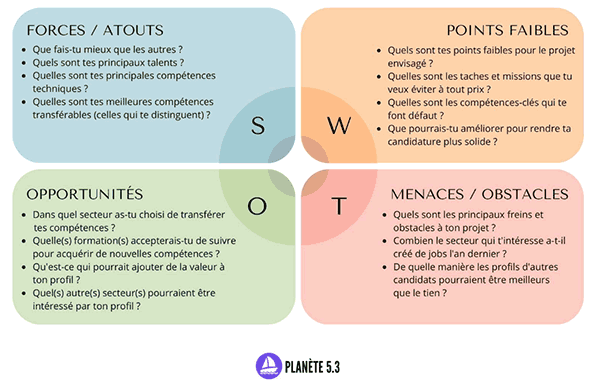As burnout is not an illness, its medical diagnosis is impossible. However, the Academy of Medicine issues recommendations to guide doctors and patients.

We know the word well; but evil still escapes us. To date, burnout is not an official pathology, and as such, cannot be the subject of a medical diagnosis, recalls the Academy of Medicine in a new report. The contours of this notion remain too vague: “the expansion of the term” burn out “is a source of confusion because of the imprecise limits of this reality”, we can read in the introduction.
The numbers “don’t make sense”
This is the contradiction of this (unofficial) disease which affects modern-day workers. It does not belong to any medical nosography, any scientific classification. Its prevalence in the general population is still impossible to establish. The figures thus range from 30,000 people with burn-out in France, to three million.
“In fact, these data do not make any sense, explains Bruno Falissard, psychiatrist and biostatistician, auditioned within the framework of the report. As it stands, scientific knowledge does not make it possible to establish an epidemiology of burnout. We would need standards, pathological thresholds… However, we are far from it ”.
Bruno Falissard, psychiatrist and biostatistician: ” Burnout comes from sociology and social psychology, which do not have the culture of finding cut-offs beyond which we consider that there is a disorder. “
Better describe the symptoms
Before science manages to make burnout a codified pathology, with standardized care, medicine must therefore take ownership of this disease by its own means. Difficult task, because the symptoms of a burn out can be numerous – anxiety-depressive disorders, back pain, osteo-articular pathologies, tension headaches … The Academy report is intended to help practitioners in this process, by providing avenues to better characterize patients’ symptoms.
“However, the Academy did not make the mistake of talking about diagnosis, underlines Patrick Légeron, psychiatrist and co-author of the report. There are tools that allow you to refine the symptoms, but not to diagnose a burnout ”. Thus, medical experts recommend the use of the MBI method (Maslach Burnout Inventory), a kind of questionnaire which makes it possible to quantify the different components of burnout.
Patrick Légeron, psychiatrist, founder of Stimulus: ” The MBI explores three main dimensions of burnout: exhaustion, dehumanization, loss of esteem “
“The idea is that the doctor makes his own diagnosis on known pathologies – depression, post-trauma, mood disorder … And depending on the scores obtained, he can orient and refine this first diagnosis” , explains Patrick Légeron.
Standardize care
The members interviewed in this report hope that within a few years, the scientific data will have evolved in such a way as to allow a classification of burn-out. Biological markers of stress and depression, for example, could constitute a way to assess the ailments of patients, but they would benefit from being refined. In any case, standardizing this set of symptoms seems necessary in order to standardize the care, which remains very disparate in the territory.
Anxiety-depressive disorders, back pain, osteo-articular pathologies, tension headaches …
Posted by Why actor on Wednesday, February 17, 2016
# Occupational health: How to tell the difference between prolonged fatigue, professional exhaustion and burnout …
Posted by Why doctor on Friday, February 19, 2016
.














